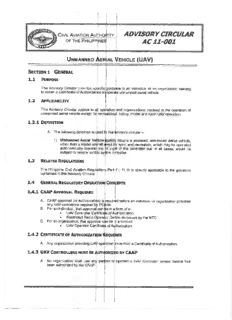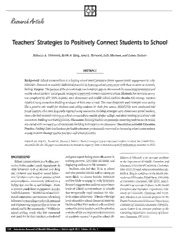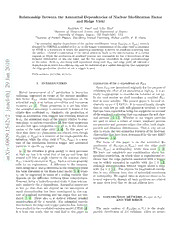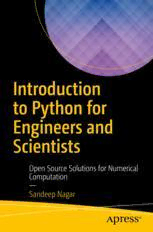
Introduction to Python for Engineers and Scientists: Open Source Solutions for Numerical Computation PDF
Preview Introduction to Python for Engineers and Scientists: Open Source Solutions for Numerical Computation
Introduction to Python for Engineers and Scientists Open Source Solutions for Numerical Computation — Sandeep Nagar Introduction to Python for Engineers and Scientists Open Source Solutions for Numerical Computation Sandeep Nagar Introduction to Python for Engineers and Scientists: Open Source Solutions for Numerical Computation Sandeep Nagar New York, USA ISBN-13 (pbk): 978-1-4842-3203-3 ISBN-13 (electronic): 978-1-4842-3204-0 https://doi.org/10.1007/978-1-4842-3204-0 Library of Congress Control Number: 2017961730 Copyright © 2018 by Sandeep Nagar This work is subject to copyright. All rights are reserved by the Publisher, whether the whole or part of the material is concerned, specifically the rights of translation, reprinting, reuse of illustrations, recitation, broadcasting, reproduction on microfilms or in any other physical way, and transmission or information storage and retrieval, electronic adaptation, computer software, or by similar or dissimilar methodology now known or hereafter developed. Trademarked names, logos, and images may appear in this book. Rather than use a trademark symbol with every occurrence of a trademarked name, logo, or image we use the names, logos, and images only in an editorial fashion and to the benefit of the trademark owner, with no intention of infringement of the trademark. The use in this publication of trade names, trademarks, service marks, and similar terms, even if they are not identified as such, is not to be taken as an expression of opinion as to whether or not they are subject to proprietary rights. While the advice and information in this book are believed to be true and accurate at the date of publication, neither the authors nor the editors nor the publisher can accept any legal responsibility for any errors or omissions that may be made. The publisher makes no warranty, express or implied, with respect to the material contained herein. Cover image by Freepik (www.freepik.com) Managing Director: Welmoed Spahr Editorial Director: Todd Green Acquisitions Editor: Steve Anglin Development Editor: Matthew Moodie Technical Reviewer: Michael Thomas Coordinating Editor: Mark Powers Copy Editor: Ann Dickson Distributed to the book trade worldwide by Springer Science+Business Media New York, 233 Spring Street, 6th Floor, New York, NY 10013. Phone 1-800-SPRINGER, fax (201) 348-4505, e-mail orders-ny@springer-sbm.com, or visit www.springeronline.com. Apress Media, LLC is a California LLC and the sole member (owner) is Springer Science + Business Media Finance Inc (SSBM Finance Inc). SSBM Finance Inc is a Delaware corporation. For information on translations, please e-mail rights@apress.com, or visit http://www.apress. com/rights-permissions. Apress titles may be purchased in bulk for academic, corporate, or promotional use. eBook versions and licenses are also available for most titles. For more information, reference our Print and eBook Bulk Sales web page at http://www.apress.com/bulk-sales. Any source code or other supplementary material referenced by the author in this book is available to readers on GitHub via the book’s product page, located at www.apress. com/9781484232033. For more detailed information, please visit http://www.apress.com/ source-code. Printed on acid-free paper Dedicated to my wife, Rashmi, and my daughter, Aliya. Table of Contents About the Author �������������������������������������������������������������������������������xiii About the Technical Reviewer ������������������������������������������������������������xv Acknowledgments ����������������������������������������������������������������������������xvii Chapter 1: Philosophy of Python ����������������������������������������������������������1 1.1 Introduction .....................................................................................................1 1.1.1 High-Level Programming ........................................................................2 1.1.2 Interactive Environment .........................................................................2 1.1.3 Object Orientation ...................................................................................4 1.1.4 Multipurpose Nature ...............................................................................5 1.1.5 Minimalistic Design ................................................................................6 1.1.6 Portability ...............................................................................................7 1.1.7 Extensibility ............................................................................................7 1.2 History .............................................................................................................8 1.2.1 P ython 2 vs. Python 3 ............................................................................. 8 1.3 P ython and Engineering ..................................................................................9 1.4 Modular Programming ..................................................................................10 1.5 Summary.......................................................................................................11 1.6 Bibliography ..................................................................................................11 v TTaabbllee ooff CCoonnTTeennTTss Chapter 2: Introduction to Python Basics �������������������������������������������13 2.1 Introduction ...................................................................................................13 2.2 Installation ....................................................................................................13 2.2.1 Windows ...............................................................................................14 2.2.2 Ubuntu ..................................................................................................15 2.2.3 Mac OS X ..............................................................................................16 2.3 Using the Python Interpreter .........................................................................17 2.4 Anaconda IDE ................................................................................................20 2.5 Python as a Calculator ..................................................................................22 2.6 Modules ........................................................................................................24 2.6.1 Using a Module .....................................................................................26 2.7 Python Environment ......................................................................................27 2.7.1 Installing virtualenv ..............................................................................28 2.7.2 Activating virtualenv .............................................................................29 2.7.3 Deactivating the Virtual Environment ...................................................29 2.8 Summary.......................................................................................................30 2.9 Bibliography ..................................................................................................30 Chapter 3: IPython ������������������������������������������������������������������������������31 3.1 Introduction ...................................................................................................31 3.2 Installing IPython ..........................................................................................32 3.3 IPython Notebooks ........................................................................................38 3.3.1 Installing a Jupyter Notebook ...............................................................38 3.4 Saving a Jupyter Notebook ...........................................................................42 3.5 Online Jupyter Environment ..........................................................................43 3.6 Summary.......................................................................................................44 3.7 Bibliography ..................................................................................................45 vi TTaabbllee ooff CCoonnTTeennTTss Chapter 4: Data Types �������������������������������������������������������������������������47 4.1 Introduction ...................................................................................................47 4.2 Logical...........................................................................................................48 4.3 Numeric ........................................................................................................50 4.3.1 Integer ..................................................................................................50 4.3.2 Floating Point Numbers ........................................................................51 4.3.3 How to Store a Floating Point Number .................................................52 4.3.4 Complex Numbers ................................................................................55 4.4 Sequences ....................................................................................................56 4.4.1 Strings ..................................................................................................56 4.4.2 Lists and Tuples ....................................................................................58 4.5 Sets and Frozensets ......................................................................................59 4.6 Mappings ......................................................................................................60 4.7 Null Objects ...................................................................................................60 4.8 Summary.......................................................................................................61 4.9 Bibliography ..................................................................................................61 Chapter 5: Operators ��������������������������������������������������������������������������63 5.1 Introduction ...................................................................................................63 5.2 Concept of Variables .....................................................................................65 5.2.1 Rules of Naming Variables ....................................................................67 5.3 Assignment Operator ....................................................................................68 5.4 Arithmetic Operators .....................................................................................75 5.5 Changing and Defining Data Type .................................................................77 5.5.1 Order of Usage ......................................................................................78 5.5.2 Comparison Operators ..........................................................................79 5.6 Membership Operator ...................................................................................80 5.7 Identity Operator ...........................................................................................81 vii TTaabbllee ooff CCoonnTTeennTTss 5.8 Bitwise Operators .........................................................................................82 5.8.1 Using Bitwise Operations .....................................................................85 5.9 Summary.......................................................................................................86 Chapter 6: Arrays ��������������������������������������������������������������������������������87 6.1 Introduction ...................................................................................................87 6.2 numpy ...........................................................................................................88 6.3 ndarray ..........................................................................................................89 6.4 Automatic Creation of Arrays ........................................................................92 6.4.1 zeros( ) ..................................................................................................92 6.4.2 ones( ) ...................................................................................................93 6.4.3 ones_like( ) ...........................................................................................94 6.4.4 empty( ) .................................................................................................94 6.4.5 empty_like( ) .........................................................................................95 6.4.6 eye( ) .....................................................................................................95 6.4.7 identity( ) ...............................................................................................97 6.4.8 f ull( ) ......................................................................................................98 6.4.9 f ull_like( ) ..............................................................................................98 6.4.10 R andom Numbers ...............................................................................99 6.5 N umerical Ranges .......................................................................................106 6.5.1 A Range of Numbers ...........................................................................106 6.5.2 Linearly Spaced Numbers ..................................................................107 6.5.3 Logarithmically Spaced Numbers .......................................................108 6.5.4 m eshgrid( ) ..........................................................................................108 6.5.5 m grid() and ogrid() ..............................................................................109 6.6 t ile( ) ............................................................................................................111 6.7 B roadcasting ...............................................................................................112 6.8 E xtracting Diagonal .....................................................................................114 viii TTaabbllee ooff CCoonnTTeennTTss 6.9 Indexing ......................................................................................................114 6.10 Slicing .......................................................................................................116 6.11 Copies and Views ......................................................................................118 6.12 Masking ....................................................................................................120 6.12.1 Fancy Indexing .................................................................................120 6.12.2 Indexing with Boolean Arrays ...........................................................121 6.13 Arrays Are Not Matrices ............................................................................122 6.14 Some Basic Operations .............................................................................126 6.14.1 sum ...................................................................................................126 6.14.2 Minimum and Maximum ...................................................................127 6.14.3 Statistics: Mean, Median, and Standard Deviation ...........................127 6.14.4 sort( ) .................................................................................................128 6.14.5 Rounding Off .....................................................................................129 6.15 asarray() and asmatrix() ............................................................................130 6.16 Summary...................................................................................................130 6.17 Bibliography ..............................................................................................131 Chapter 7: Plotting ����������������������������������������������������������������������������133 7.1 Introduction .................................................................................................133 7.2 matplotlib ....................................................................................................134 7.2.1 pylab vs. pyplot...................................................................................135 7.3 Plotting Basic Plots .....................................................................................136 7.3.1 Plotting More than One Graph on Same Axes .....................................139 7.3.2 Various Features of a Plot ...................................................................140 7.4 Setting Up to Properties ..............................................................................147 7.5 Histograms ..................................................................................................147 7.6 Bar Charts ...................................................................................................149 7.7 Error Bar Charts ..........................................................................................152 ix TTaabbllee ooff CCoonnTTeennTTss 7.8 Scatter Plots ................................................................................................154 7.9 Pie Charts ....................................................................................................156 7.10 Polar Plots .................................................................................................158 7.11 Decorating Plots with Text, Arrows, and Annotations ................................159 7.12 Subplots ....................................................................................................161 7.13 Saving a Plot to a File ...............................................................................163 7.14 Displaying Plots on Web Application Servers ............................................164 7.14.1 IPython and Jupyter Notebook .........................................................166 7.15 Working with matplotlib in Object Mode ...................................................167 7.16 Logarithmic Plots ......................................................................................169 7.17 Two Plots on the Same Figure with at least One Axis Different ................172 7.18 Contour Plots .............................................................................................173 7.19 3D Plotting in matplotlib ...........................................................................176 7.19.1 Line and Scatter Plots ......................................................................176 7.19.2 Wiremesh and Surface Plots ............................................................179 7.19.3 Contour plots in 3D ...........................................................................182 7.19.4 Quiver Plots ......................................................................................183 7.20 Other Libraries for Plotting Data ...............................................................185 7.20.1 plotly .................................................................................................185 7.21 Summary...................................................................................................186 7.22 Bibliography ..............................................................................................186 Chapter 8: Functions and Loops �������������������������������������������������������187 8.1 Introduction .................................................................................................187 8.2 Defining Functions ......................................................................................187 8.2.1 Function Name ...................................................................................188 8.2.2 Descriptive String ...............................................................................188 x
The list of books you might like

The Strength In Our Scars

What Happened to You?

Atomic Habits James Clear

The Sweetest Oblivion (Made Book 1)
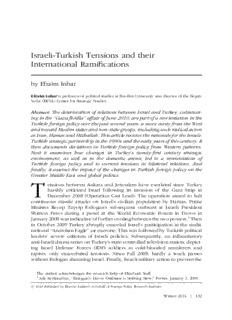
Israeli-Turkish Tensions and their International Ramifications
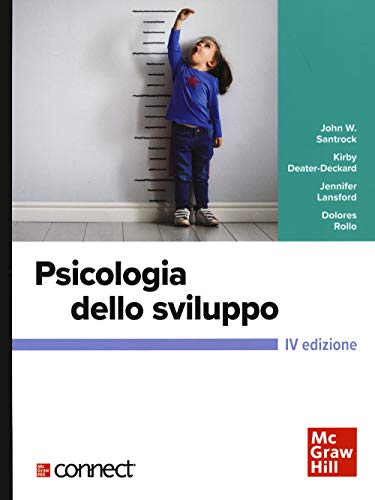
Psicologia dello sviluppo IV
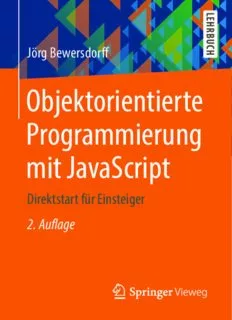
Objektorientierte Programmierung mit JavaScript: Direktstart für Einsteiger

Yoga Cures: Simple Routines to Conquer More Than 50 Common Ailments and Live Pain-Free

EatingWell soups: 100 healthy recipes for the ultimate comfort food

C anton €>0sctt»er

C++ for You++, AP Edition

C++ för dig som kan Java
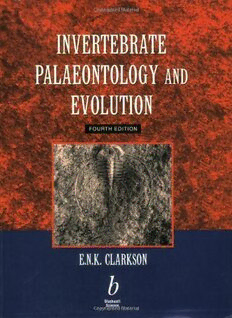
Invertebrate Palaeontology & Evolution

SHORT COMMUNICATION. A new combination and a new subsection in Crepidium (Orchidaceae)
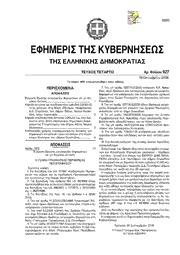
Greek Government Gazette: Part 4, 2006 no. 927

Steve Jobs
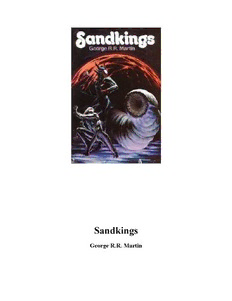
Sandkings
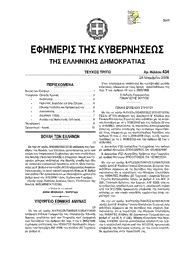
Greek Government Gazette: Part 3, 2006 no. 434
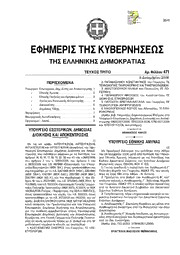
Greek Government Gazette: Part 3, 2006 no. 471
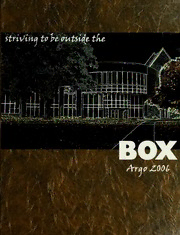
Argo

Initial Radiometric Calibration of the AWiFS using Vicarious Calibration Techniques
